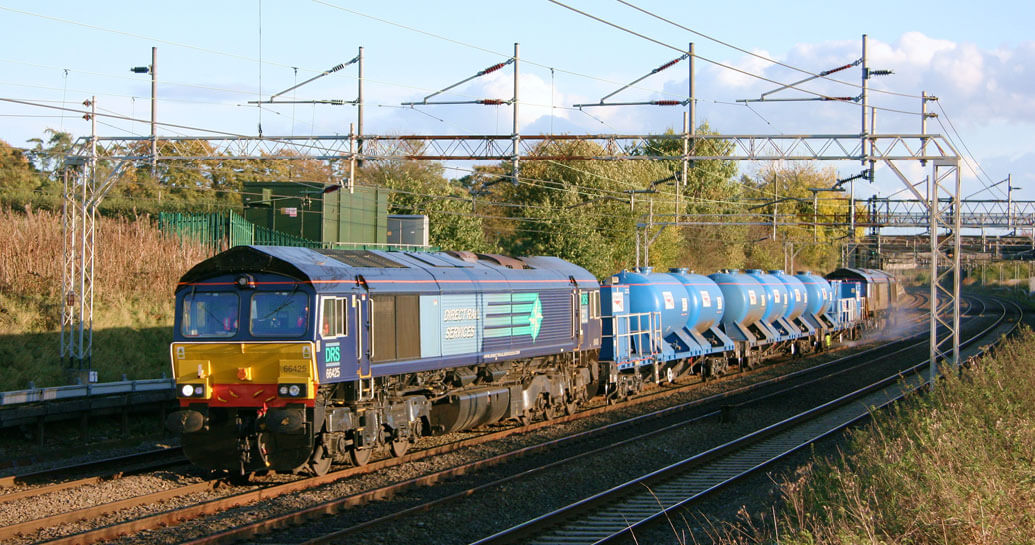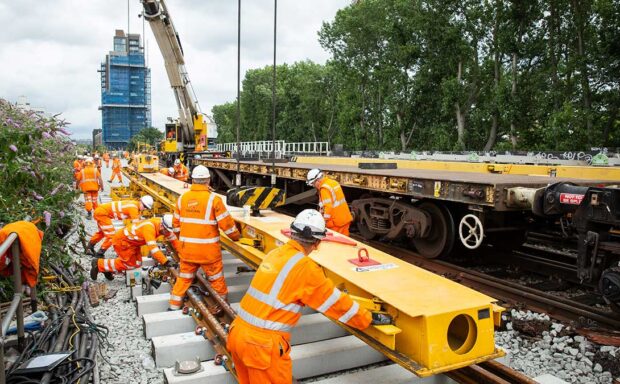We’re using smart data and artificial intelligence to transform the way we tackle leaves on the lines.
Low adhesion and leaves on the line
Adhesion is the term used to describe how well the wheels of a train can roll on the track. Low adhesion happens when the wheels struggle to roll smoothly on the track
In Britain, low adhesion can be a particular issue in autumn when leaves falling on the track can make the top layer of the track slippy.
This can make it harder for trains to move safely along the track as the train wheels struggle to maintain contact with the rail. It can cause trains to slip and even derail.
Trains move slower along a slippery track to counter this. They may also have to brake and accelerate more slowly and for longer to avoid slipping.
That’s why low adhesion can cause countless minutes of delay and disruption to your journeys.
We often use our fleet of multipurpose vehicles and railhead treatment trains to treat low adhesion. They’re fitted with a high-pressure pump which blasts leaves of the line using water. They can also apply adhesion modifier to improve low adhesion if needed.
An innovative tool
We’ve been working with software company Route Reports since 2022 to create a monitoring tool called the seasonal intelligence platform. It uses smart data and innovative tech to help us better monitor and treat low adhesion.
We’ve fitted our treatment trains with a special device which monitors the train as it treats the track for low adhesion. The box transfers the data using global positioning system (GPS) and fourth generation (4G) cellular data to an online digital platform.
The platform then analyses this information – helping us understand how every section of track was treated by treatment trains now and in the past.
Better journeys
Steven Singh Bassi, a seasons delivery manager at Network Rail, said: “The technology means we don’t have to rely on a report from a crew member on board the train and we don’t have to wait for the service to finish in order to get our information. Instead, we are provided with real time, granular information directly from the hardware.
“Through this we can easily assess our treatment, identify failure points and address any issues that arise with confidence.”
For example, we can use the tool to very quickly know if any section of track hasn’t been treated as expected. We can then quickly treat that section – and keep your journeys running smoothly and safely.
We can also quickly check how we treated a section of track if, for example, a train driver reports low adhesion. We can then use that information to decide what to do next.
We can also use the platform to help identify trouble spots on the railway where low adhesion may be a particular issue. We can then change and improve the way we’re treating those sections to make sure low adhesion is fully treated here.
Steven said: “Effective treatment provides a safer and better performing railway for passengers.”
The seasonal intelligence platform helps us tackle low adhesion – giving you fewer train delays and smoother, more reliable journeys.




